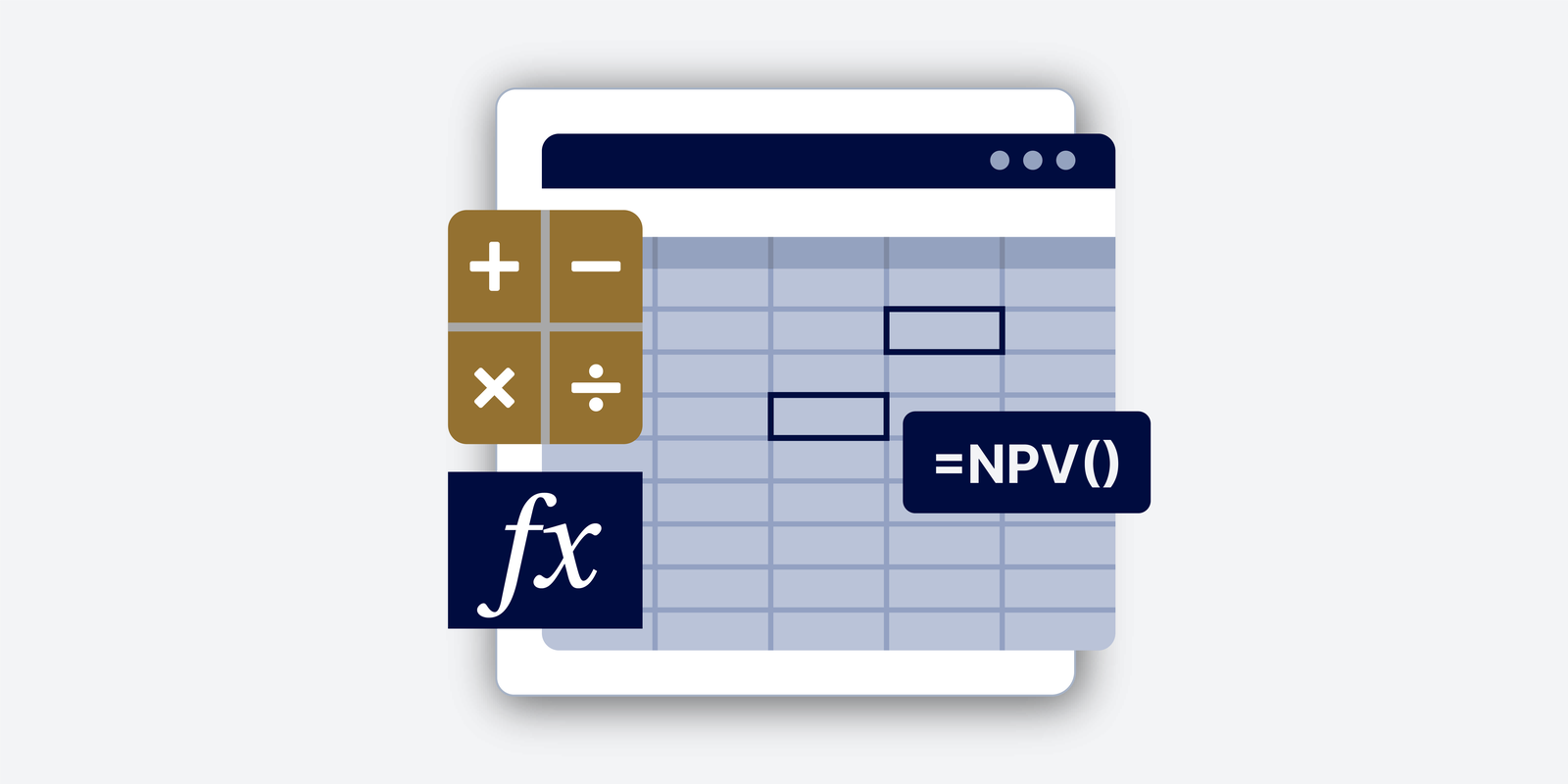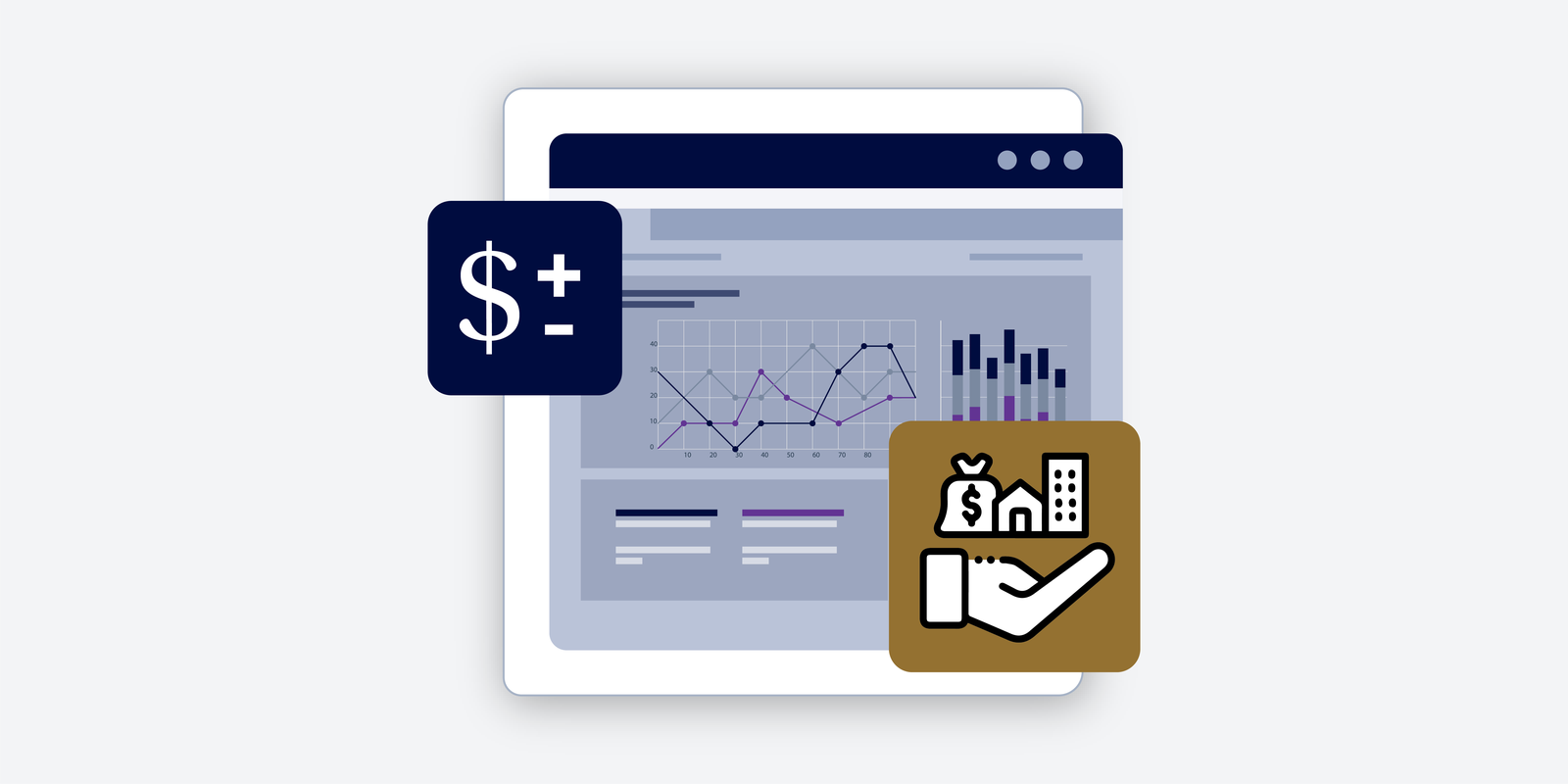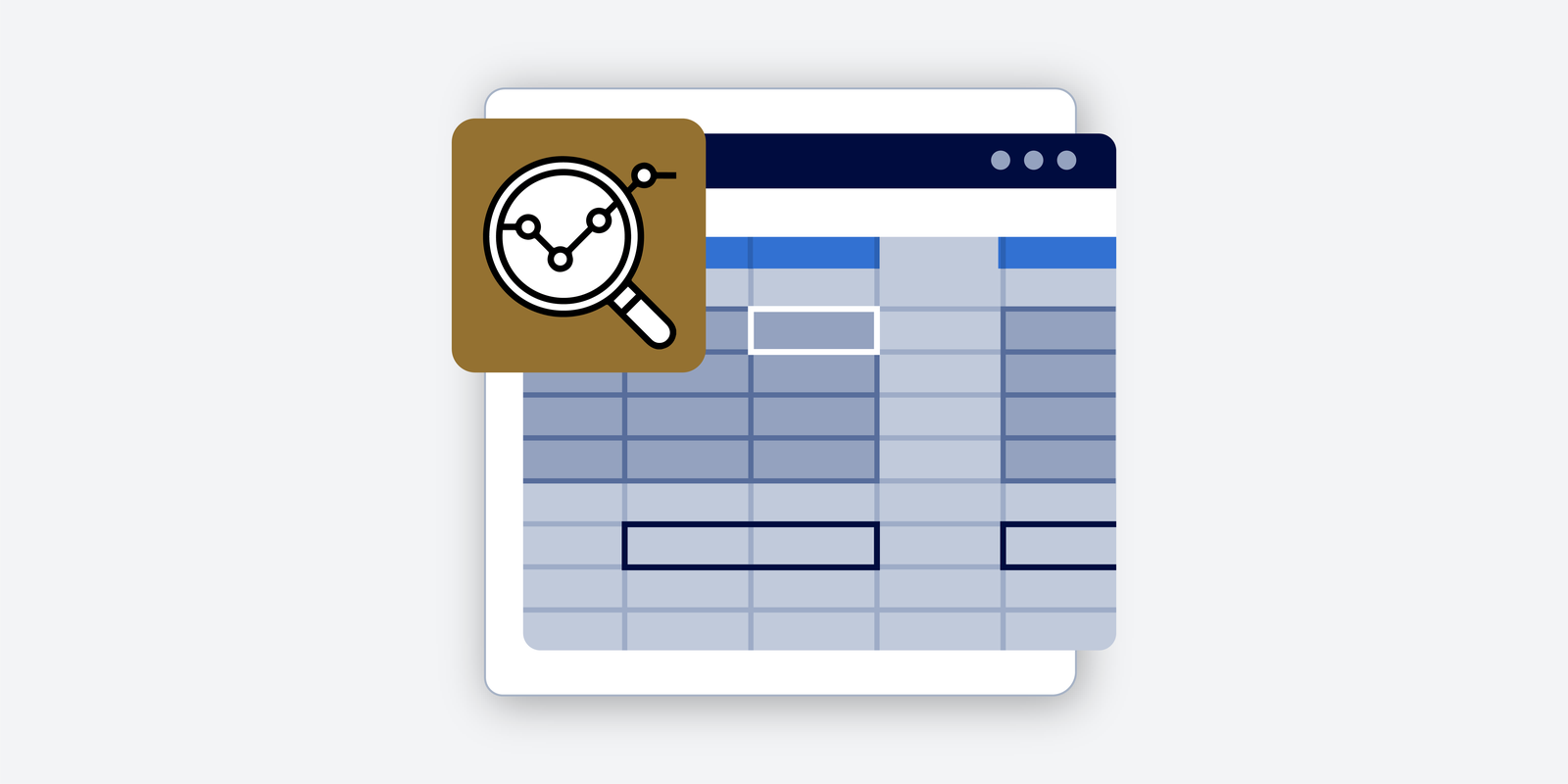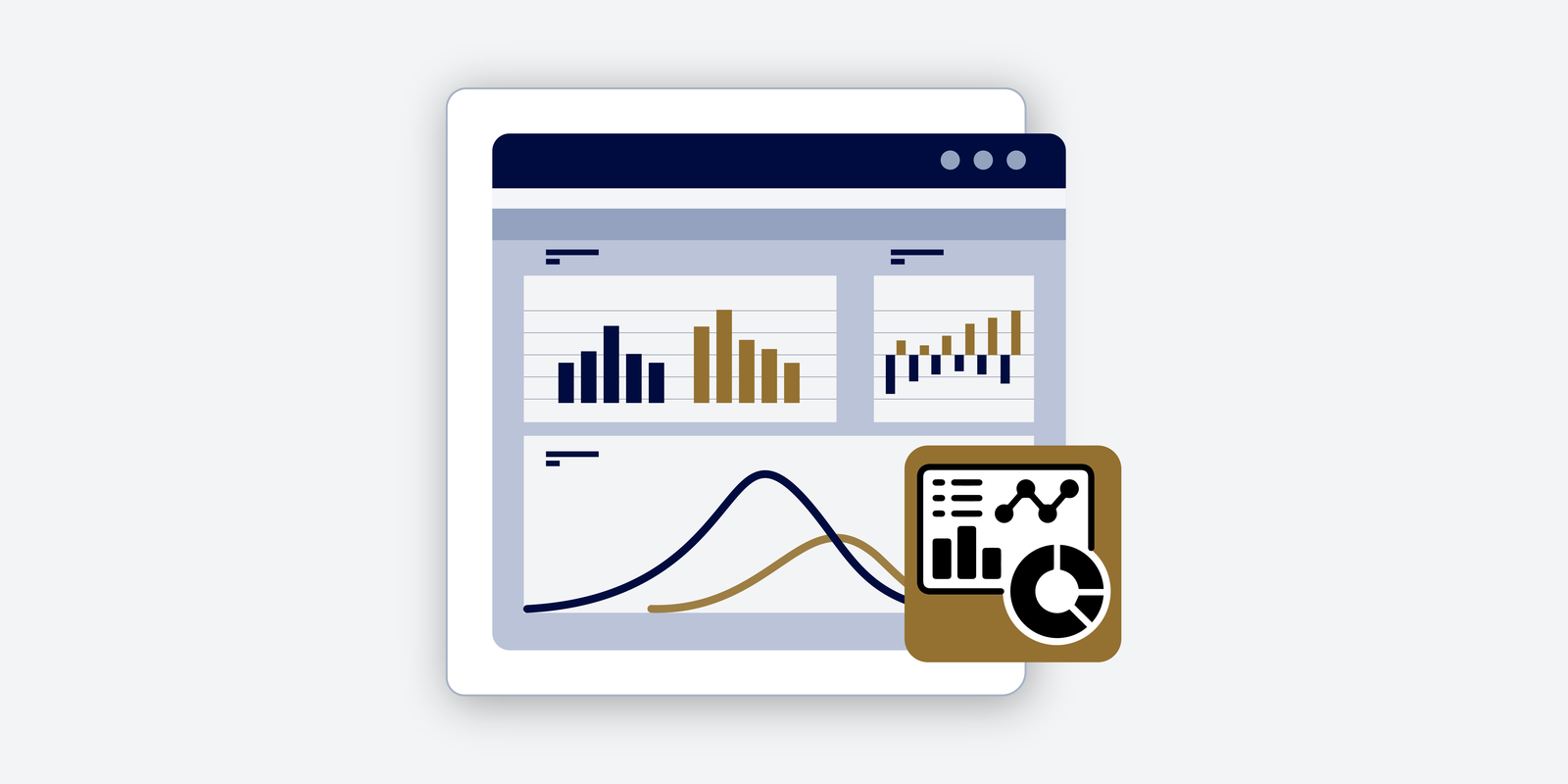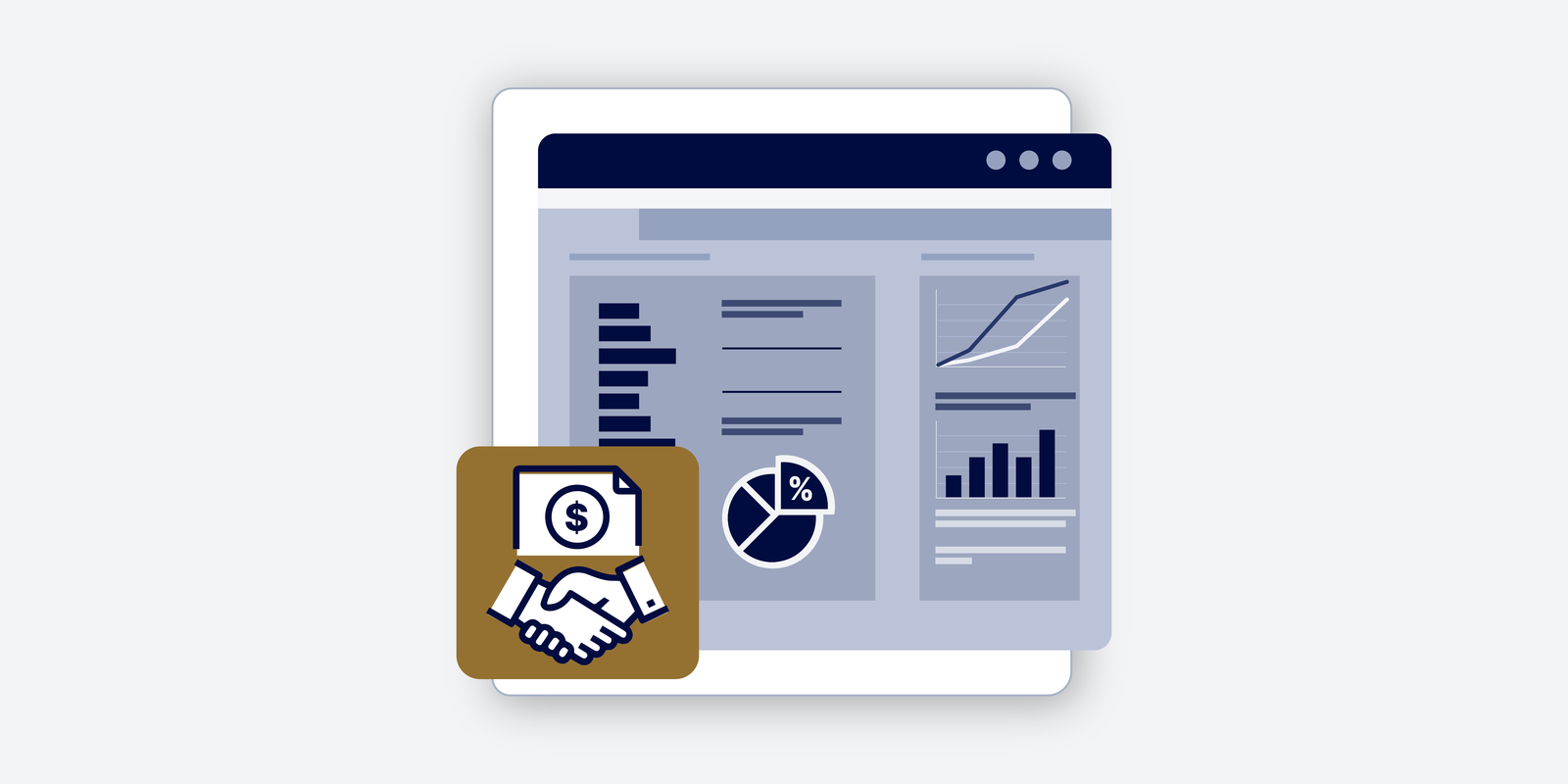- What is a Financial Modeling Course?
- What Skills Will You Learn?
- The Importance of Financial Modeling in Finance and Banking
- Informed Decision Making
- Applications in Valuation, Forecasting, and Risk Analysis
- Enhanced Career Opportunities
- Types of Financial Modeling Courses
- Overview of Course Formats and Specializations
- Beginner and Advanced Modeling Courses
- Industry-Specific Modeling Courses
- General Modeling Courses
- Self-Paced Online Modeling Courses and Instructor-Led Programs
- Comprehensive Certification Programs
- Courses for Data Analysis Tools and Programming Languages
- Which Course Type Is Right for You?
- How to Get the Most Out of Your Financial Modeling Course
- Final Takeaway: Choosing the Best Financial Modeling Courses
- Frequently Asked Questions: Choosing the Best Financial Modeling Course
- What is the best financial modeling course for me?
- How can I learn financial modeling?
- Do I need prior experience?
- How long does a course take to complete?
- What tools will I use in a financial modeling course?
- Can I get a job with just a modeling course?
- Is CFI’s FMVA® certification recognized in the industry?
- Additional Resources
Best Financial Modeling Course: How to Choose the Right One For You

Financial modeling skills are essential for anyone looking to pursue a career in finance. This makes choosing the best financial modeling course crucial, as the quality and depth of your course can significantly impact the next step in your career path. You want to equip yourself with the skills needed to excel in finance and make informed business decisions. The right financial modeling course can help you accelerate your career by enhancing your analytical capabilities and giving you a competitive edge in the job market.
If you’re trying to find the best financial modeling course for you, you’ll want to consider several things — starting with your current skill level and career goals. Once you align your objectives with the courses available, you’ll want to ensure that you choose a course that provides comprehensive content, hands-on practice with real-world case studies, and instructors who have industry experience.
With so many options available, selecting the most suitable course can be challenging. Below, we’ll explain what goes into financial modeling courses and how to choose the right one for your future goals.
What is a Financial Modeling Course?
Financial modeling courses are designed to provide an in-depth view of creating mathematical representations of a company’s financial performance and training in the required skills. Most financial modeling courses focus on several types of models for measuring company performance, each serving specific purposes in finance and banking for forecasting, valuation, budgeting, and strategic decision making.
Common Types of Models Covered
- Three-Statement Models: These integrate the income statement, balance sheet, and cash flow statement to provide a comprehensive view of a company’s financial position.
- Discounted Cash Flow (DCF) Models: Used for valuation purposes, DCF models estimate the value of an investment based on its future cash flows.
- Leveraged Buyout (LBO) Models: These are used to evaluate the financial impact of acquiring a company using a significant amount of borrowed money.
- Mergers and Acquisitions (M&A) Models: M&A models help analyze the financial impact of combining two companies or acquiring another business.
- Scenario Analysis: Used to evaluate uncertainty and assess risk in forecasting, planning, and business decision making.

What Skills Will You Learn?
Financial modeling courses typically include training in the following areas:
- Excel skills: Excel is the primary tool for financial modeling, and proficiency in it is a cornerstone of these courses.
- Accounting principles: Understanding financial statements and accounting concepts is crucial for building accurate models.
- Financial analysis techniques: Courses teach various methods to analyze financial data and make projections.
- Model structuring: You’ll learn how to efficiently organize and build different types of financial models.
- Projections and forecasting: A key component is estimating future revenue, profitability, and cash flow based on historical data and assumptions.
- Sensitivity analysis: Understanding how changes in variables affect the overall model is vital for robust financial planning.
The Importance of Financial Modeling in Finance and Banking
Understanding the significance of financial modeling in the finance and banking industry can help you appreciate the value of investing in a comprehensive course. Here’s what makes financial modeling integral to the industry:
Informed Decision Making
Financial models provide a quantitative basis for making informed business decisions. They allow financial analysts and banking professionals to make the best possible recommendations regarding which business to invest or acquire capital by:
- Evaluating investment opportunities.
- Assessing the financial viability of projects.
- Comparing different strategic options.
- Understanding potential outcomes before committing resources.
By creating models that simulate various scenarios, finance professionals can make recommendations backed by data-driven insights, reducing the risk of costly mistakes.
Applications in Valuation, Forecasting, and Risk Analysis
Since financial models vary, they provide versatile applications that can be applied across different areas, such as:
- Valuation: Determining the worth of companies, assets, or investment opportunities.
- Forecasting: Projecting future financial performance based on historical data and market trends.
- Risk analysis: Identifying and quantifying potential financial risks to develop mitigation strategies.
- Capital budgeting: Evaluating long-term investment projects and their impact on the company’s finances.
- Strategic planning: Assessing the financial implications of different business strategies.
Enhanced Career Opportunities
Proficiency in financial modeling is highly valued across numerous financial roles, including:
- Investment banking: Financial modeling is used in investment banking firms for deal analysis, company valuations, and pitchbook preparation.
- Private equity: Certain financial models evaluate potential investments and monitor portfolio company performance in private equity firms.
- Corporate finance: Various financial models are used for budgeting, forecasting, and strategic decision making in corporate finance.
- Financial planning and analysis (FP&A): Financial modeling works to create financial projections and support business planning.
- Equity research: Company analysis and stock recommendations rely on financial models for essential data.
Mastering financial modeling and its associated skills can lead to better job prospects, higher earning potential, and faster career progression within these fields.
Types of Financial Modeling Courses
When exploring your financial modeling course options, you’ll encounter several types. Each type of course specifically caters to a certain level of skills and goals. Understanding your options and which are best suited for you can help you choose the right course for your goals.
Comparison Table: Financial Modeling Course Types
| Certification Programs | Professionals seeking a globally recognized, career-focused certification | Full-stack curriculum, Excel-based modeling, real-world case studies, lifetime access | 3-6 months | Self-paced, online |
| Beginner Courses | Newcomers to financial modeling | Covers Excel basics, intro to 3-statement modeling, foundational accounting | 2-4 weeks | Online, self-paced |
| Advanced Courses | Experienced professionals | Includes DCF, LBO, M&A modeling, advanced valuation techniques | 1-3 months | Self-paced or instructor-led |
| Industry-Specific Courses | Professionals targeting sectors like real estate, energy, or startups | Sector-specific metrics, modeling use cases, and valuation frameworks | Varies | Online |
| Bootcamps | Fast-track learners needing rapid upskilling | Intensive, project-based training with a short completion window | 1-2 weeks | Live online or in-person |
| Instructor-Led Programs | Learners who prefer scheduled, structured sessions | Interactive learning, instructor feedback, fixed deadlines | Varies | Virtual or in-person |
Overview of Course Formats and Specializations
The right financial modeling course isn’t just about what you learn — it’s about how and when you learn it. Course formats and specializations reflect different career paths, learning preferences, and time constraints. Understanding these distinctions will help you match your situation to the most effective course structure.
Beginner and Advanced Modeling Courses
Beginner courses typically cover basic Microsoft Excel skills and simple models, while advanced courses delve into complex modeling techniques and industry-specific applications. Courses covering foundational skills are ideal for those new to finance or with minimal financial modeling experience.
Advanced courses are designed for professionals and students with a firm grasp of financial models and who are ready to dive into the more challenging financial concepts.
Industry-Specific Modeling Courses
Some financial modeling courses focus on specific sectors, such as real estate, energy, or tech startups. Here’s an example of what industry-specific financial modeling courses would cover in these sectors:
- Real estate: Focusing on property valuation, development feasibility, and REIT modeling.
- Energy: Covering oil and gas modeling, renewable energy project finance, and utility company analysis.
- Tech startups: Emphasizing metrics relevant to high-growth companies and venture capital valuation methods.
Finding an industry-specific financial modeling course will be in your best interest if your career goals involve a particular sector.
General Modeling Courses
These courses cover various modeling techniques applicable across various industries. This typically includes core financial statement modeling, valuation techniques, M&A modeling, and basic LBO modeling. These courses are ideal for those who are still deciding their actual career direction or who are looking to start diversifying their skills.
Self-Paced Online Modeling Courses and Instructor-Led Programs
Self-paced courses offer flexibility but require self-discipline. Instructor-led programs provide structure and direct interaction but may have fixed schedules. Choosing between a self-paced course versus an instructor-led course will depend on the type of courses available, your schedule, and how you learn.
Comprehensive Certification Programs
Certification programs provide comprehensive financial modeling training for individuals who want in-depth coverage and practice over an extended period. CFI’s Financial Modeling & Valuation Analyst (FMVA®) program is self-paced, with most learners taking approximately three to six months to complete the required coursework.
Programs like the FMVA® are often a great fit for anyone interested in preparing for a specific finance or banking career path that requires strong financial modeling skills.
Courses for Data Analysis Tools and Programming Languages
While most courses focus on building Excel skills, some introduce specialized financial modeling tools like:
- Power BI for data visualization.
- Python for automation capabilities.
- VBA for automating repetitive tasks in Excel.
- Bloomberg Terminal for financial data analysis.
Consider which platforms or languages are most relevant to your career goals when deciding whether or not you need a financial modeling course for using a specific tool.

Which Course Type Is Right for You?
With so many course options available, choosing the best financial course for you can take time to determine. As you sift through your options, keep the following criteria in mind to ensure you make the right decision:
- Course content and depth: Look for courses that cover a wide range of models and provide in-depth explanations. The content should be comprehensive and up-to-date with current industry practices.
- Instructor expertise and background: Instructors with real-world experience in finance and modeling can provide valuable insights beyond textbook knowledge. Check their backgrounds and industry experience.
- Hands-on practice and real-world case studies: Practical application is crucial in financial modeling. Courses should offer plenty of exercises and case studies based on actual company data and provide financial model templates that you can use for practice or on-the-job.
- Flexibility and accessibility: Consider whether the course format fits your schedule and learning pace. On-demand courses allow you to study at your own pace and revisit lessons and exercises if needed.
- Cost and value for money: Compare the course fees with the depth of content and additional resources provided. Some courses may seem expensive but offer great value through extensive materials and learning support.
- Reviews and testimonials from past students: Check for feedback from previous students to gauge the course’s effectiveness and relevance. Look for specific comments about how the course helped in real-world applications.
How to Get the Most Out of Your Financial Modeling Course
Once you’ve chosen a course, maximizing your learning experience is the key to seeing a return on your investment. Here are a few ways to get the most out of your financial modeling course:
- Set clear learning objectives: Define what you want to achieve from the course, whether a career change or skill enhancement. For example, are you looking for a career change or to enhance your skills for a specific role? This will help you focus on the most relevant aspects of the course.
- Create a study schedule: Allocate regular time for coursework to maintain consistency and progress. Treat the course like a real class or job responsibility by setting hard deadlines for completing modules or projects.
- Practice with real-world data and scenarios: Go beyond course exercises by applying learned techniques to publicly available financial data. For example, you can download annual reports of the companies you’re interested in working with to practice recreating their financial statements in your models. You can also try your hand at forecasting their future performance. This will enhance your understanding and prepare you for real-world applications.
- Network with instructors and peers: Building a network can lead to future career opportunities. So, engage in course forums or discussion groups to learn from others’ perspectives, attend live Q&A sessions regularly, and connect with classmates and professionals on networks like LinkedIn.
- Apply newly learned skills to personal projects or work assignments: Look for opportunities to use your new skills in your current job or personal investment analysis practices. Whether you volunteer your new skills for a local business or non-profit, create personal investment analysis models, or offer to help with financial modeling tasks at work, this practical application will reinforce your learning and demonstrate your new capabilities.
Final Takeaway: Choosing the Best Financial Modeling Courses
Choosing the best financial modeling course for your skill level and goals requires careful consideration. You can select a program that will significantly enhance your financial modeling skills by evaluating courses based on content depth, instructor expertise, practical application opportunities, and other vital criteria. Remember, the right course is an investment in your future, opening doors to exciting career opportunities and empowering you to make informed financial decisions.
If you’re interested in financial modeling, explore CFI’s extensive curriculum. Our Financial Modeling & Valuation Analyst (FMVA®) certification is industry-recognized and could be an invaluable next step in your professional development.
Frequently Asked Questions: Choosing the Best Financial Modeling Course
What is the best financial modeling course for me?
The best financial modeling course for you depends on your current skill level and target role. If you’re a complete beginner, start with foundational Excel and accounting courses. If you have a finance background, start with a 3-statement modeling course taught by experienced instructors with step-by-step lessons and hands-on exercises in real-world scenarios. Check course reviews and note how the course helped students in their careers.
How can I learn financial modeling?
The best way to learn financial modeling is through structured courses from reputable training providers. Consider investing in financial modeling training that emphasizes practical skills and hands-on learning. Online platforms like CFI provide flexible, on-demand courses where you learn modeling step-by-step from experienced instructors, interactive exercises, and real-world modeling scenarios.
Do I need prior experience?
No. Many financial modeling courses are designed for students and professionals with little to no financial modeling background. Beginner-level programs and certification programs like FMVA® offer optional courses in foundational Excel skills, accounting principles, and financial statements that prepare you for building financial models.
How long does a course take to complete?
Course duration varies by program type and your pace. Intensive bootcamps take 1-2 weeks, beginner courses typically require 2-4 weeks, and comprehensive certifications like FMVA® take 3-6 months on average. Self-paced programs offer flexibility to complete coursework around your schedule, while instructor-led courses follow fixed timelines.
What tools will I use in a financial modeling course?
Most financial modeling courses focus primarily on Microsoft Excel, the industry-standard tool for building financial models. Some advanced programs also cover Power BI for data visualization, VBA for Excel automation, and Bloomberg Terminal for financial data analysis. Excel proficiency is essential regardless of which additional tools you learn.
Can I get a job with just a modeling course?
A financial modeling course significantly improves your job prospects, but most finance roles require a combination of education, technical skills, and relevant experience. Certifications like FMVA® strengthen your resume and demonstrate practical modeling capabilities to employers. They’re most effective when paired with a finance-related degree, internships, or transferable analytical experience.
Is CFI’s FMVA® certification recognized in the industry?
Yes. The FMVA® credential is recognized by employers across investment banking, private equity, corporate finance, and FP&A roles. It’s frequently listed as a preferred or equivalent credential in finance job descriptions. The certification demonstrates proficiency in Excel-based modeling, valuation, and financial statement analysis — core competencies that finance hiring managers look for.
Want to learn more? Explore CFI’s FMVA® Program
Additional Resources
To continue advancing your career as a world-class financial analyst, the additional CFI resources below will be helpful:
Top Financial Modeling Courses to Build Real-World Excel Modeling Skills
Create a free account to unlock this Template
Access and download collection of free Templates to help power your productivity and performance.
Already have an account? Log in
Supercharge your skills with Premium Templates
Take your learning and productivity to the next level with our Premium Templates.
Upgrading to a paid membership gives you access to our extensive collection of plug-and-play Templates designed to power your performance—as well as CFI's full course catalog and accredited Certification Programs.
Already have a Self-Study or Full-Immersion membership? Log in
Access Exclusive Templates
Gain unlimited access to more than 250 productivity Templates, CFI's full course catalog and accredited Certification Programs, hundreds of resources, expert reviews and support, the chance to work with real-world finance and research tools, and more.
Already have a Full-Immersion membership? Log in
